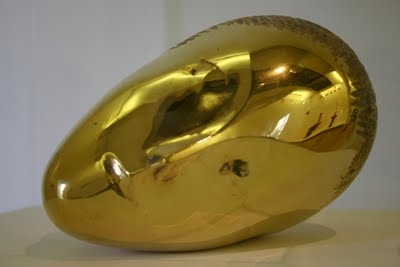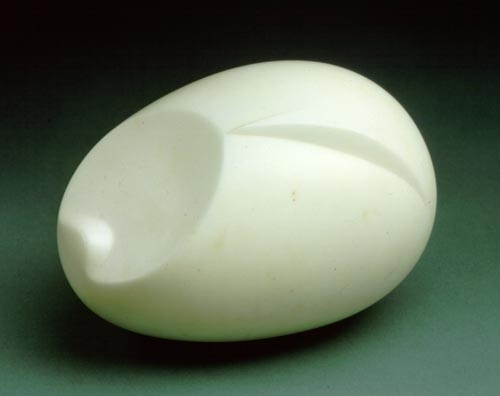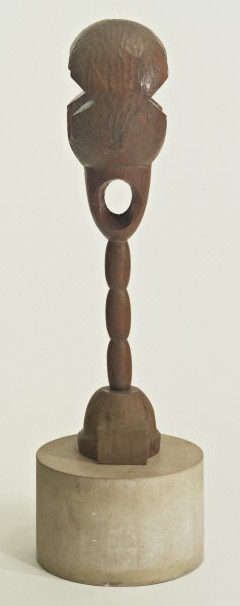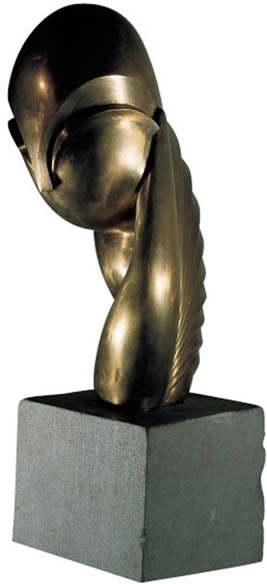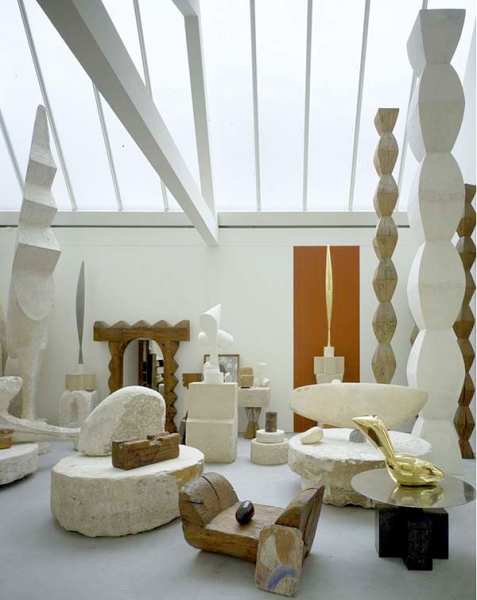Constantin Brancusi, or Brancusi (1876 – 1957)
Get a Constantin Brancusi, or Brancusi (1876 – 1957) Certificate of Authenticity for your painting (COA) for your Constantin Brancusi, or Brancusi (1876 – 1957) drawing.
For all your Constantin Brancusi, or Brancusi (1876 – 1957) artworks you need a Certificate of Authenticity (COA) in order to sell, to insure or to donate for a tax deduction.
Getting a Constantin Brancusi, or Brancusi (1876 – 1957) Certificate of Authenticity (COA) is easy. Just send us photos and dimensions and tell us what you know about the origin or history of your Constantin Brancusi, or Brancusi (1876 – 1957) painting or drawing.
If you want to sell your Constantin Brancusi, or Brancusi (1876 – 1957) painting or drawing use our selling services. We offer Constantin Brancusi, or Brancusi (1876 – 1957) selling help, selling advice, private treaty sales and full brokerage.
We have been authenticating Constantin Brancusi, or Brancusi (1876 – 1957) and issuing certificates of authenticity since 2002. We are recognized Constantin Brancusi, or Brancusi (1876 – 1957) experts and Constantin Brancusi, or Brancusi (1876 – 1957) certified appraisers. We issue COAs and appraisals for all Constantin Brancusi, or Brancusi (1876 – 1957) artworks.
Our Constantin Brancusi, or Brancusi (1876 – 1957) paintings and drawings authentications are accepted and respected worldwide.
Each COA is backed by in-depth research and analysis authentication reports.
The Constantin Brancusi, or Brancusi (1876 – 1957) certificates of authenticity we issue are based on solid, reliable and fully referenced art investigations, authentication research, analytical work and forensic studies.
We are available to examine your Constantin Brancusi, or Brancusi (1876 – 1957) painting or drawing anywhere in the world.
You will generally receive your certificates of authenticity and authentication report within two weeks. Some complicated cases with difficult to research Constantin Brancusi, or Brancusi (1876 – 1957) paintings or drawings take longer.
Our clients include Constantin Brancusi, or Brancusi (1876 – 1957) collectors, investors, tax authorities, insurance adjusters, appraisers, valuers, auctioneers, Federal agencies and many law firms.
We Perform Constantin Brancusi art authentication. Constantin Brancusi appraisal. Constantin Brancusi certificates of authenticity (COA). Constantin Brancusi analysis, research, scientific tests, full art authentications. We will help you sell your Constantin Brancusi or we will sell it for you.
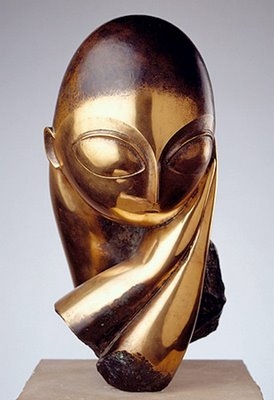
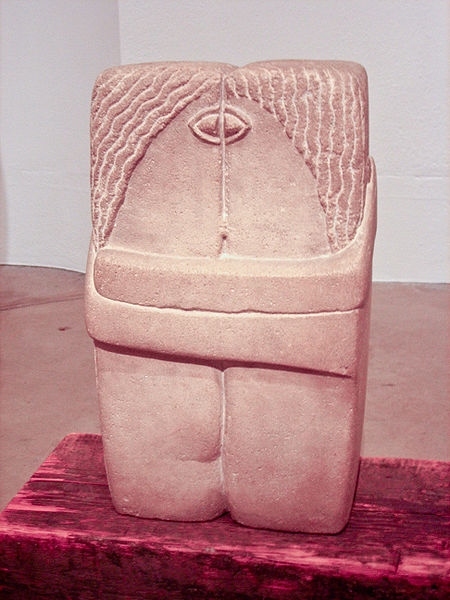
Constantin Brancusi was a Romanian artist, now known across the globe for his modernist sculptures. Though Brancusi reached a high-level of fame and recognition, he had a humble beginning in the village of Hobita, Romania near the Carpathian Mountains. His parents were both laborers who lived in poverty and sent young Brancusi to work herding their flock of sheep. In the village, Brancusi was exposed to the local tradition of woodworking, and showed great skill and craftsmanship.
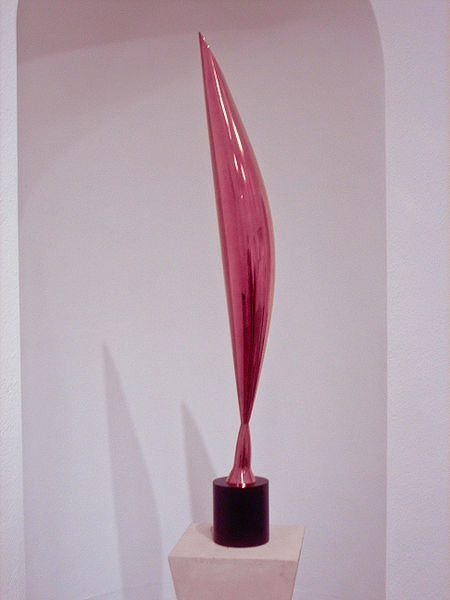
By the age of nine Brancusi fled his village to seek work in larger towns, eventually settling in Craiova. After several years of working odd jobs, one of Brancusi’s employers noticed his skillful carvings and offered to fund courses at the local art school, Craiova Scoala de Meserii. Brancusi accepted the offer and earned an art degree in 1898.
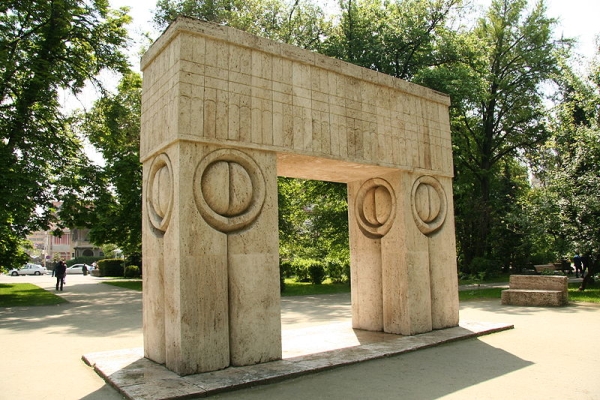
Brancusi’s enthusiasm for the arts led him to continue his studies at the Bucharest School of Fine Arts, where he delved more deeply in sculptural studies. Brancusi’s work was well-reviewed by art communities and Europe, and in 1903, Brancusi was invited to work in the workshop of Antonin Mercié and Rodin in Paris.
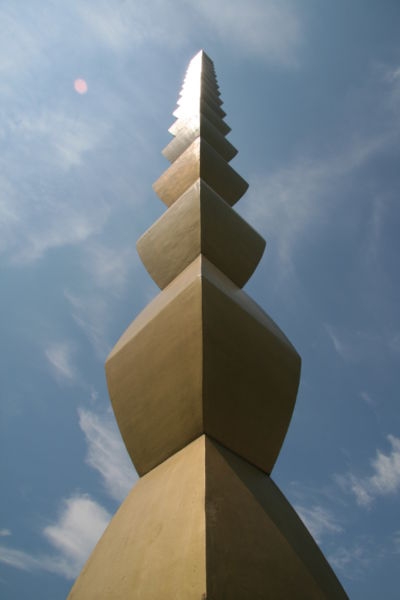
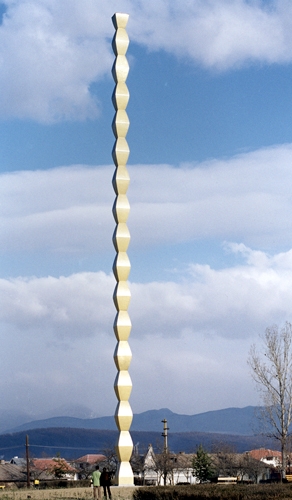
After several years of work, study and apprenticeships, Brancusi began to develop his own trademark style. Brancusi worked in a variety of media ranging from wood, marble, clay and metal. Eventually most of Brancusi’s work consisted of carvings. By 1913 Brancusi began to enjoy considerable popularity in Romania, France and the United States. Brancusi exhibited in Paris salons as well as in New York modern art shows.
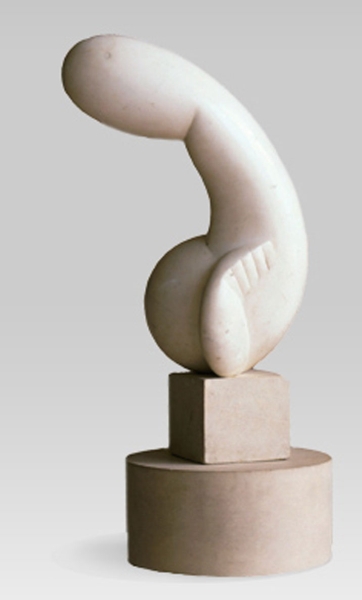
Brancusi created a great deal of controversy in 1920 after exhibiting “Princess X”, a bronze phallus, symbolizing Princess Marie Bonaparte’s sexual activity and desires. The piece was also a commentary on society’s conservatism towards masturbation and sexual freedom. As Brancusi’s career progressed he was commissioned to do several public works, including a World War I memorial in Tirgu-Jiu as well as Romanian monuments to honor those lost during the German invasion.
